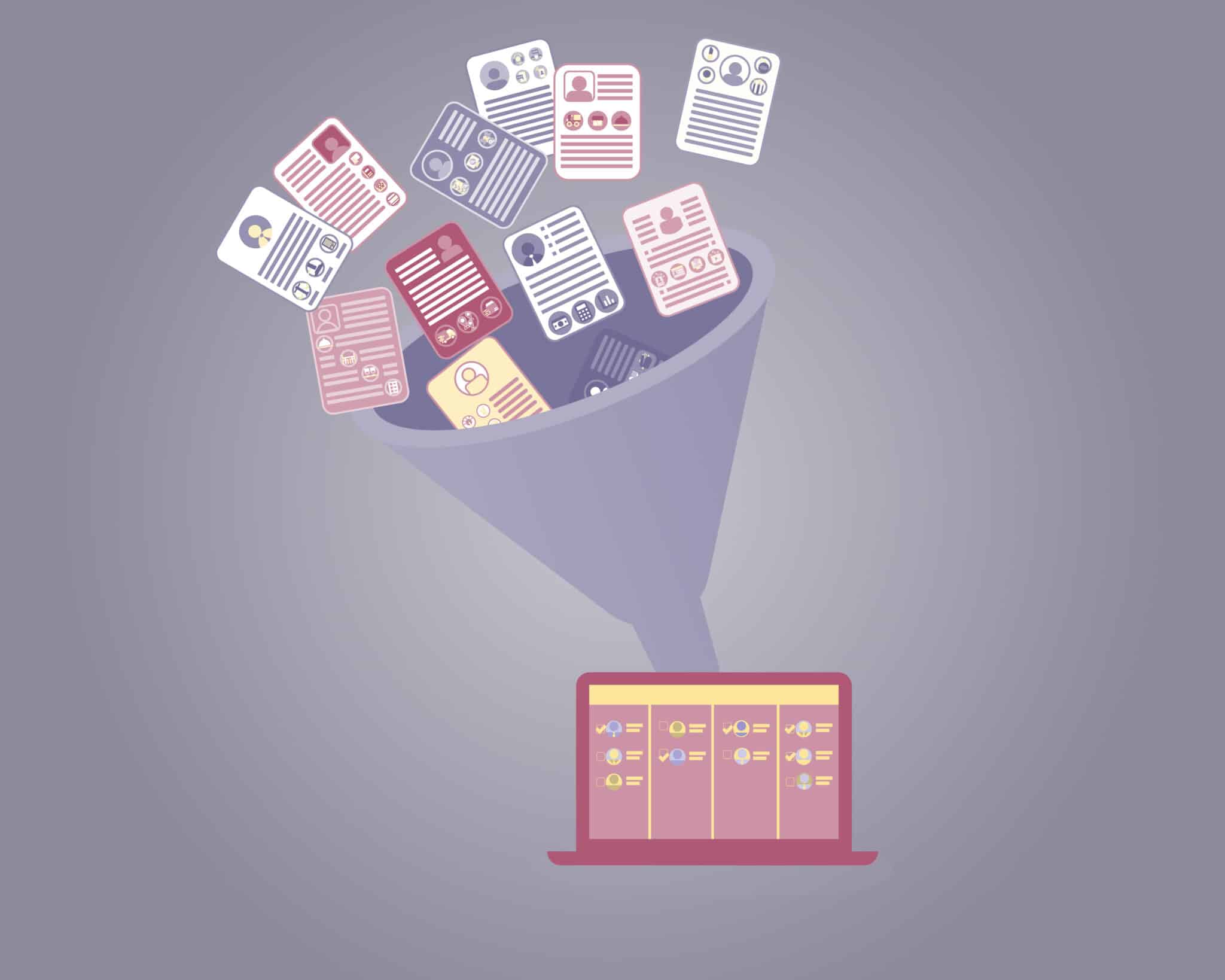
In the realm of software development, especially if you collaborate closely with technical teams, you’ll likely encounter the term “data parsing.” At its core, data parsing is the process of transforming one data format into another, typically rendering it into a more accessible and readable form. However, this description merely scratches the surface.
In this article, we’ll delve deeper into the concept of parsing in programming. We’ll explore what data parsing entails and consider the advantages of developing an in-house data parser versus opting for a pre-existing data extraction solution that handles parsing for you.

Defining Data Parsing
Data parsing is a fundamental technique for organizing and structuring data, and its definitions can vary depending on context. To simplify our understanding, let’s provide a straightforward definition.
What Is Parsing?
At its core, parsing is the process by which data, often in the form of an unstructured or complex data format like HTML, is meticulously examined and extracted. A well-designed parser is equipped to discern the relevant information within the data, adhering to predefined rules and logic, and then transforms it into a more manageable format, such as JSON, CSV, or a structured table.
It’s crucial to emphasize that a parser isn’t inherently tied to a specific data format. Instead, it serves as a versatile tool that can convert data from one format to another. The specifics of how the conversion occurs and the resulting format depend on the parser’s design and purpose.
Parsers find application across a wide array of technologies and domains, including:
- Programming languages like Java and others.
- Markup languages such as HTML and XML.
- Data-centric languages like SQL used in databases.
- Modeling languages.
- Scripting languages.
- Internet protocols like HTTP.
- And many more.
In the subsequent sections, we’ll explore the nuances of data parsing further and examine the considerations between building an in-house parser and adopting a ready-made data extraction solution.
To Build or Buy — Making the Decision
When it comes to the business perspective, a crucial question arises: “Should our tech team embark on building their own data parser, or should we opt for outsourcing?” As a general guideline, the instinct may lead you to believe that building an in-house parser is often more cost-effective than purchasing a pre-made tool. However, this decision is far from straightforward, and multiple factors should be carefully weighed before determining whether to build or buy.
Let’s explore the potential outcomes and considerations associated with both options.
Building a Data Parser
Suppose you choose to undertake the development of your own data parser. This decision offers several distinct advantages:
- Tailor-Made Solution: Building your own parser grants you the freedom to customize it precisely to your unique parsing requirements. It can be finely tuned to suit your specific needs.
- Cost Control: In many instances, building an in-house parser can be more cost-effective, particularly in the long run, as you have greater control over expenses.
- Autonomy: You retain full control over the decision-making process when it comes to updates and maintenance of the parser. This level of autonomy can be advantageous.
However, as with any endeavor, there are notable downsides to constructing your own parser:
- Resource Investment: Building a parser necessitates the recruitment and training of an in-house team dedicated to the development process.
- Maintenance Overhead: Ongoing maintenance is essential, translating into additional in-house expenses and the allocation of time resources.
- Infrastructure Costs: You’ll need to procure and establish servers capable of processing data at the required speed, incurring additional expenses.
- Complex Decision-Making: While you have control, making the right decisions for effective parser development can be challenging. Close collaboration with the tech team is vital, demanding significant time and effort for planning and testing.
- Resource Intensiveness: Constructing a sophisticated parser for parsing substantial data volumes demands a substantial commitment of resources and time. Such a project requires a highly skilled and resource-intensive developer team.
In summary, building your own parser offers advantages, but it comes at a significant cost, both in terms of resources and time. This investment is especially pronounced when developing a sophisticated parser capable of handling large volumes of data. Careful consideration of your specific needs and available resources is essential in making an informed decision.
Acquiring a Data Parser
Now, what about the option of procuring a ready-made data parser? Let’s begin by exploring the advantages:
- Resource Savings: Opting to purchase a parser eliminates the need for significant investments in human resources. Everything, including parser maintenance and server management, is handled by the provider.
- Expertise and Swift Support: Any challenges that arise can be swiftly addressed by the vendor, who possesses extensive expertise and familiarity with their technology.
- Reliability: Purchased parsers are typically rigorously tested and fine-tuned to meet market demands, reducing the likelihood of crashes or performance issues.
- Time and Decision-Making: You save valuable time and streamline decision-making, as the responsibility for optimizing and building the parser rests with the outsourcing partner.
However, there are some downsides to consider when opting to buy a parser:
- Cost Considerations: Acquiring a parser may entail a higher initial cost compared to building one in-house.
- Limited Control: You may have limited control over the parser’s intricacies, as it’s a pre-designed solution.
Now, while the advantages of purchasing a parser may seem compelling, one crucial factor to aid your decision-making is to evaluate the nature of the parser you require. An experienced developer can create a basic parser relatively quickly, perhaps within a week. However, if your needs extend to a complex parser, the development timeline can span months, consuming substantial time and resources.
Furthermore, your choice may be influenced by your business’s size and available resources. Large enterprises with ample resources and time at their disposal might consider building and maintaining a parser in-house. In contrast, smaller businesses seeking efficiency to facilitate growth may find the option of purchasing a parser more appealing.
In conclusion, the decision between building and buying a parser should align with your specific parser requirements and the resources at your disposal. Careful evaluation of your business’s needs will guide you toward the most advantageous choice for your unique situation.
Dedicated Parser
One of our key offerings is the Dedicated Parser, a powerhouse tool that automates the extraction of predefined data fields from a wide array of supported websites. It encompasses leading e-commerce giants like Amazon, eBay, Walmart, as well as major search engines including Google, Bing, Baidu, and Yandex.
Our Dedicated Parser is a workhorse, handling a substantial volume of data day in and day out. To put it into perspective, back in February 2019 alone, it processed a staggering 12 billion requests. And these numbers have continued to surge; based on our 2019 Q1 statistics, the total requests witnessed a 7.02% growth compared to Q4 2018. These figures serve as a testament to the parser’s scalability and unwavering performance.
With years of dedicated development behind it, our parser is well-equipped to tackle any data volume with unwavering efficiency.

Custom Parser
Complementing our offerings is the Custom Parser, a valuable feature within Scraper APIs. This tool empowers users with full control over the parsing process, affording the flexibility needed in their data extraction endeavors. In essence, it allows users to craft their own parsing instructions tailored to any website, leveraging XPath or CSS selectors to navigate HTML or XML documents and pinpoint specific elements.
The Custom Parser serves as a versatile solution, addressing scenarios where the Dedicated Parser may fall short. It enables users to extract data from websites not covered by the Dedicated Parser’s supported platforms. Even in cases where a website is supported, but the desired information remains elusive, the Custom Parser comes to the rescue.
As evidenced, the process of building an effective parser is far from a simple endeavor. It demands intricate solutions and continual development efforts. Given the ever-evolving nature of websites, continuous maintenance and enhancement are imperative to consistently access and extract desired data points.
The age-old question of whether to build or buy a parser resurfaces. Constructing a parser from scratch is an arduous journey, requiring years of experience, ongoing improvements, and constant maintenance to ensure optimal performance. In truth, the end result can prove to be quite costly, both in terms of time and resources.





